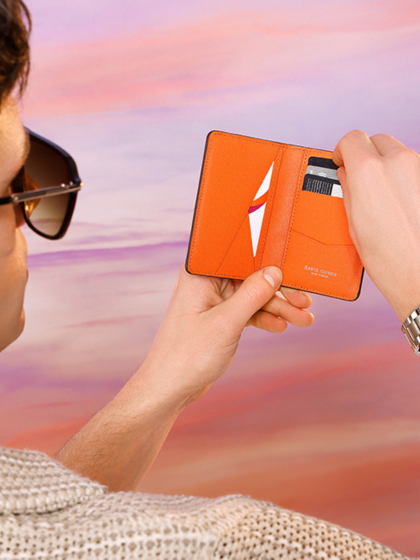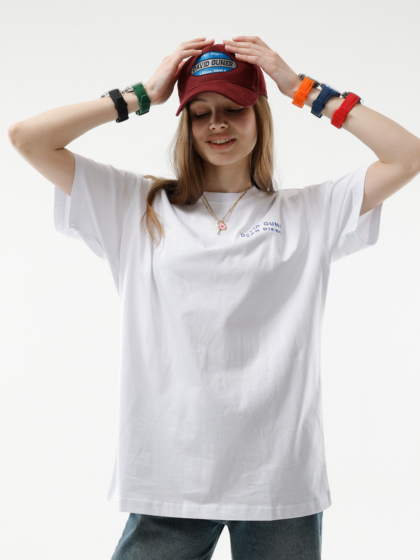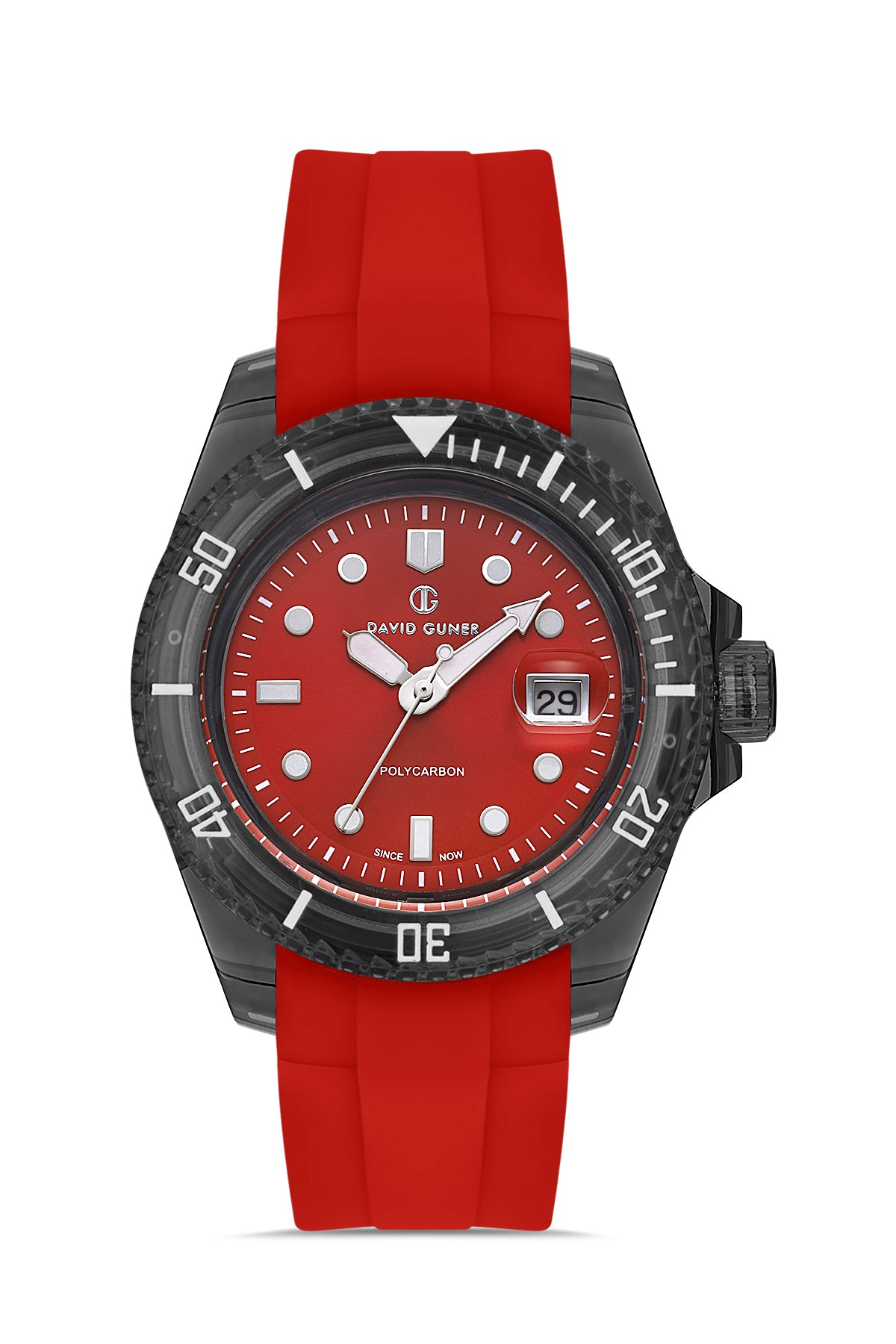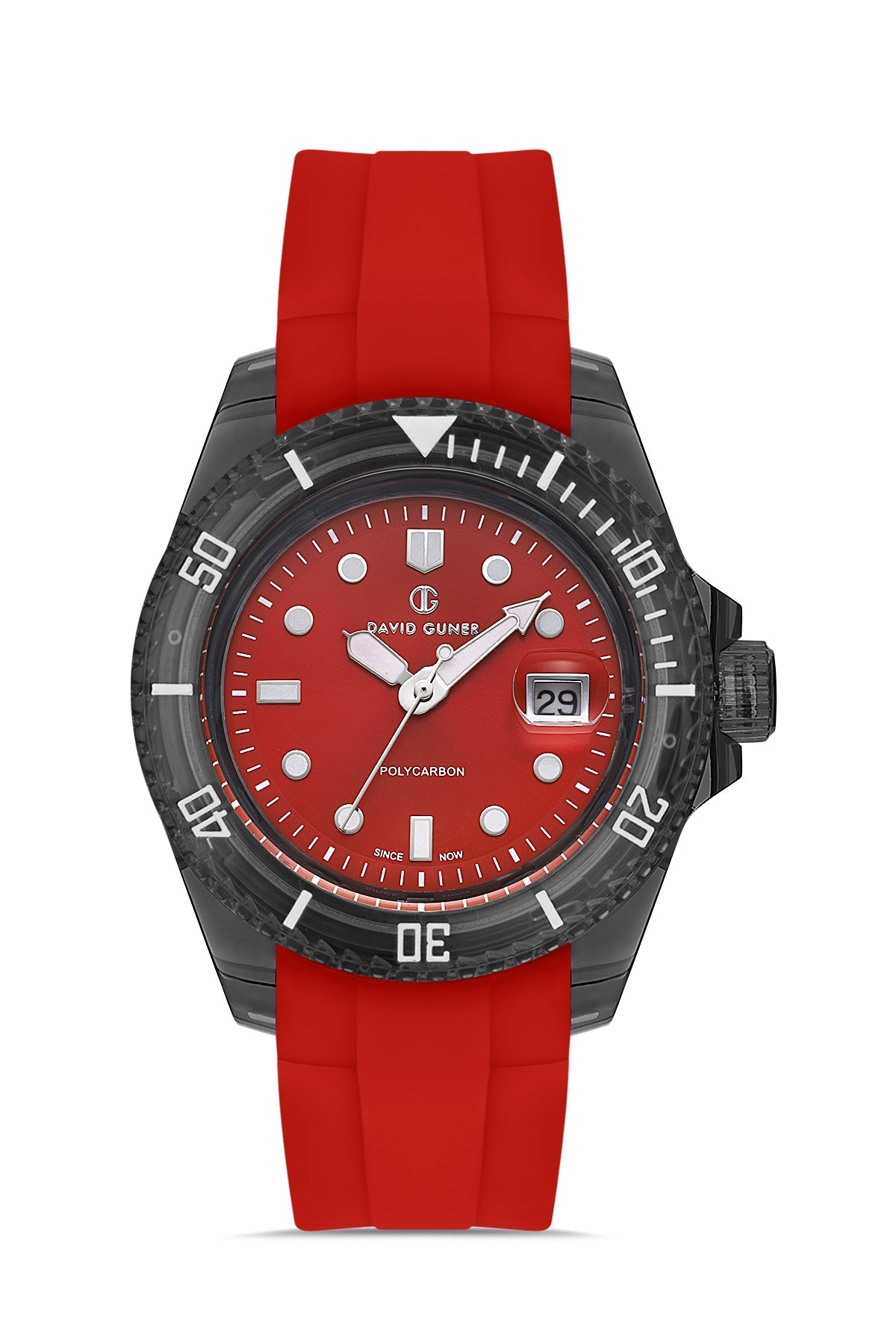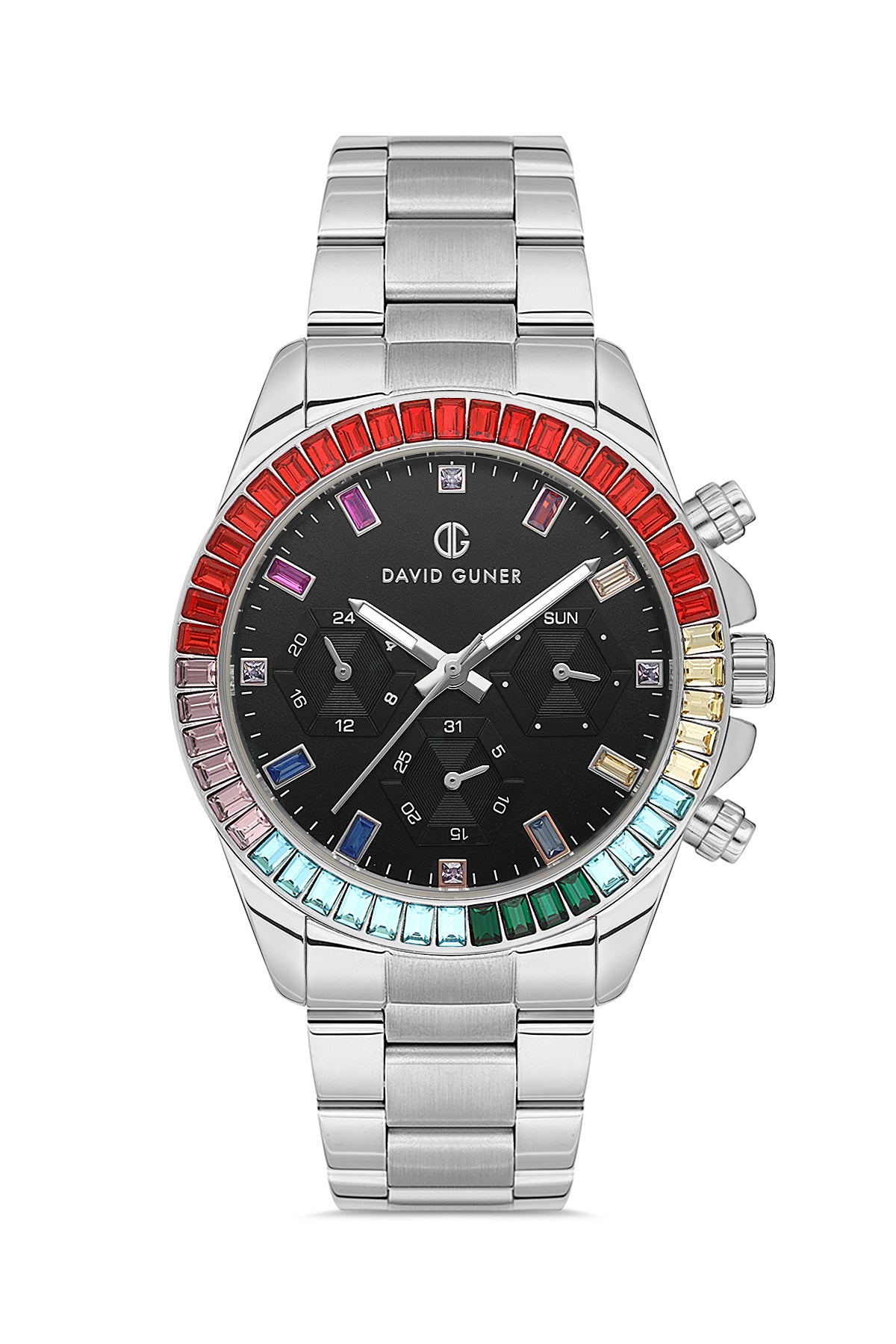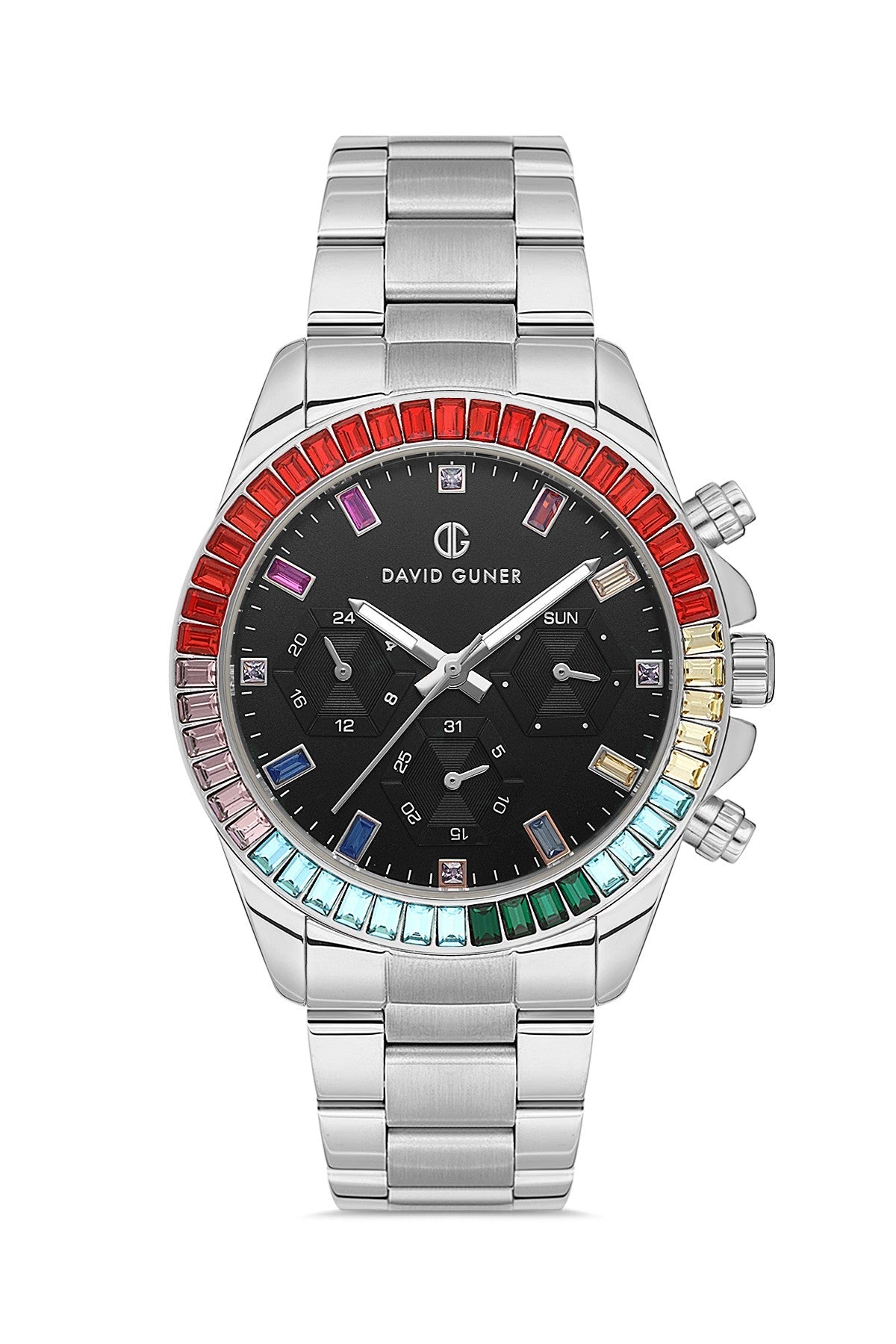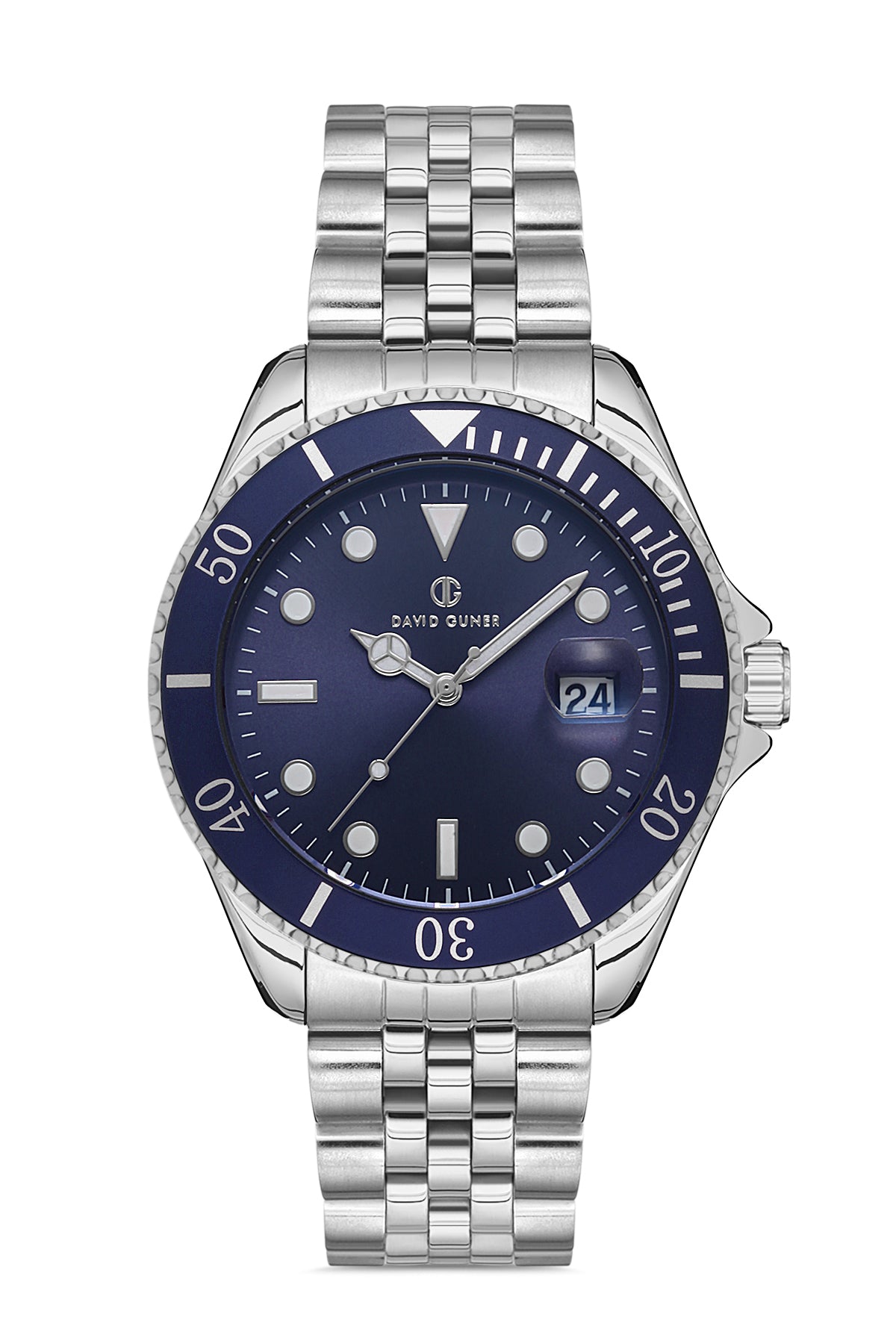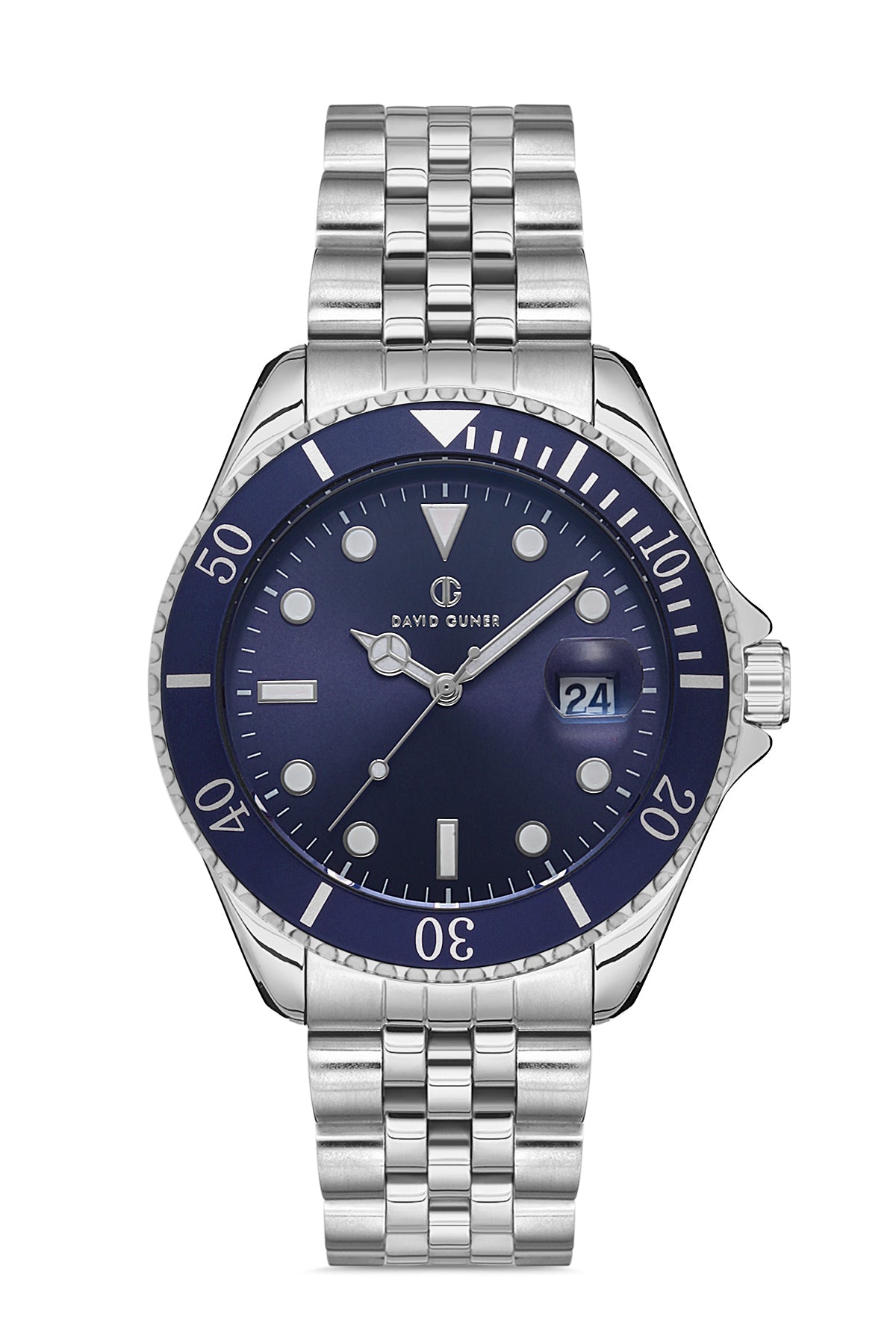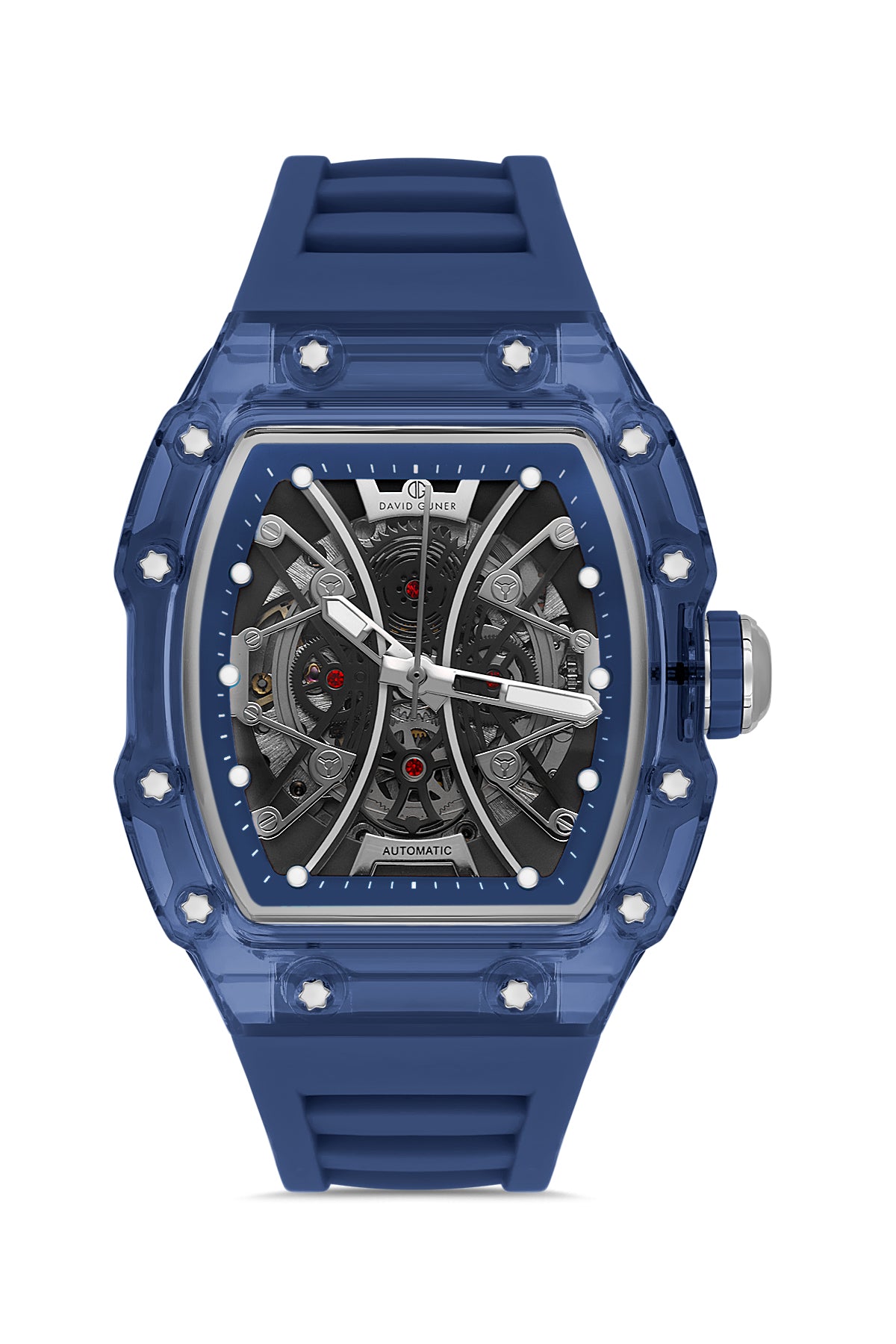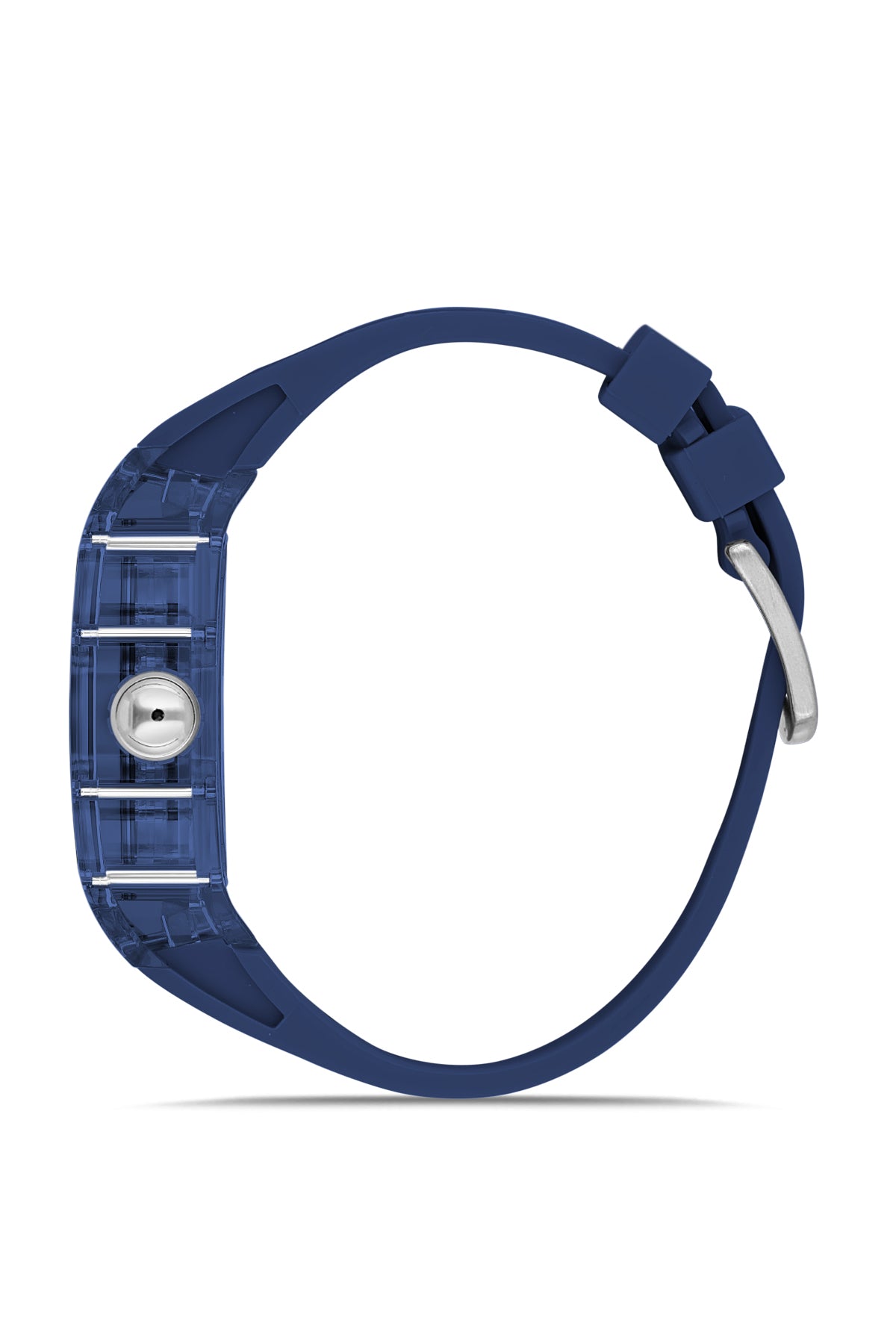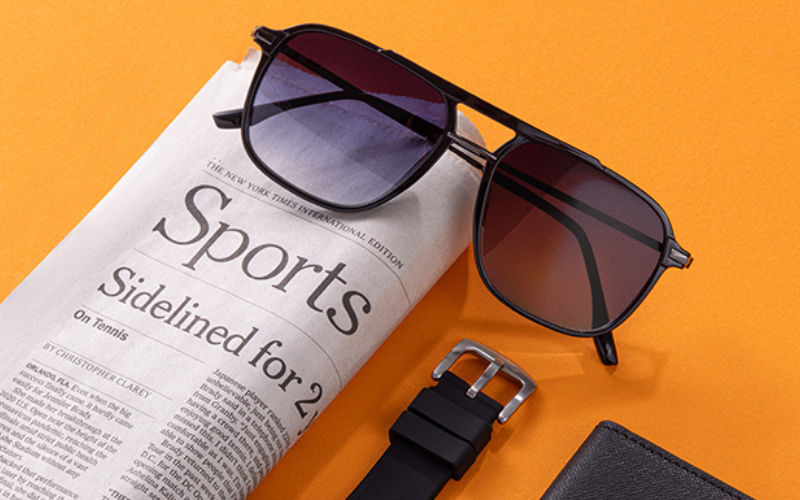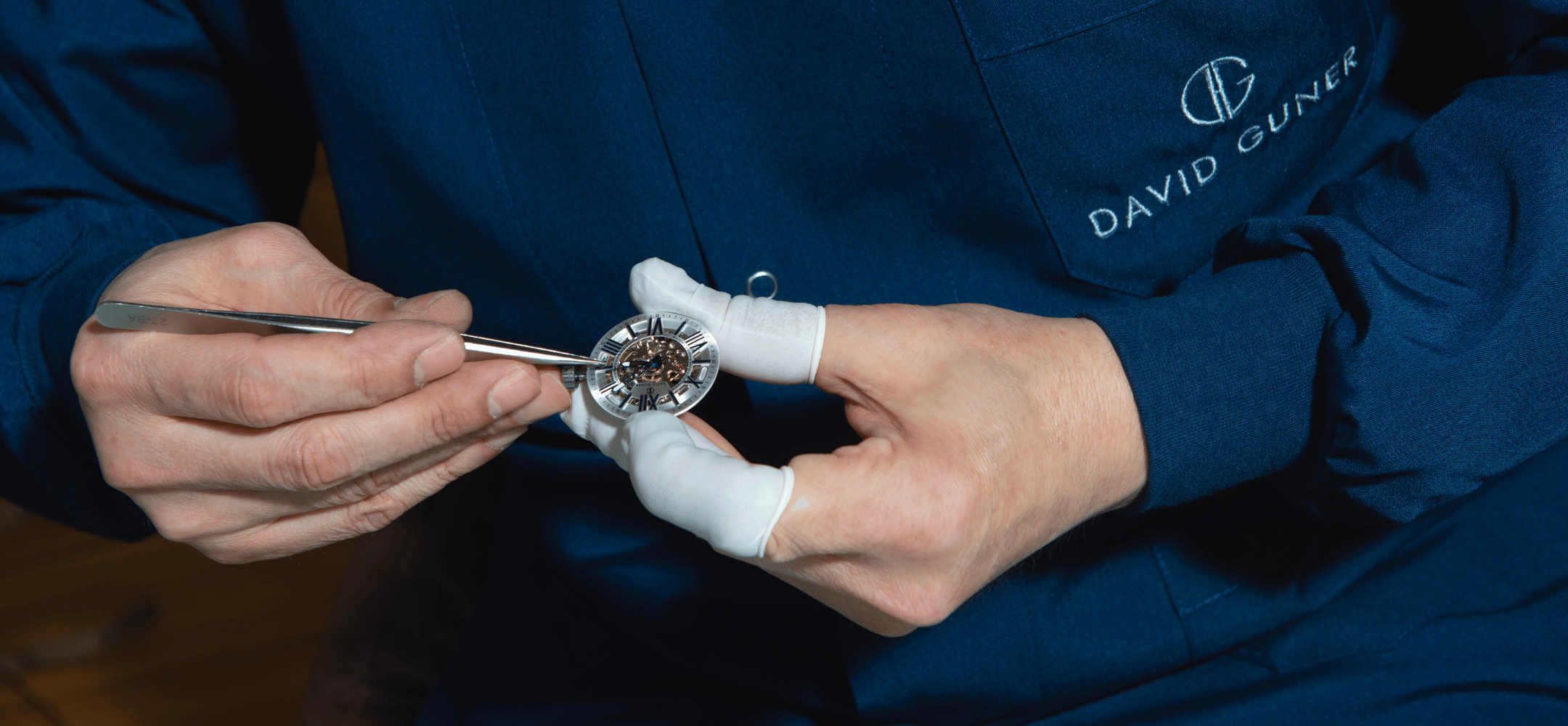Water has a big place in our daily lives, and watches, which are the items we use most in daily life, must be waterproof in order to protect their delicate interior design and provide a longer lifespan. If you are looking for a watch model that will not leave you alone when you enter the water during sports or during your holiday, the first thing you should look for is WR (Water Resistance) when buying the watch. WR watches indicate that your watch can protect itself in light situations such as splashing water on your watch in daily life.
How to Tell a Waterproof Watch?
In order to be sure that the watches, which are distinguished from each other and categorized in different ways according to their water resistance levels, are waterproof, it is necessary to first avoid fake watches. Care should be taken when shopping by looking at the quality and ISO certificates, and attention should be paid to the durability and features of the watch as well as its design. ISO documents are divided into two: ISO 2281:1990 and ISO 6425:1996. In order to have this document, they are subjected to various tests every hour.
Watches with ISO 6425:1996 certification prove that all situations that may occur in daily life when the watch comes into contact with water have been tested before reaching the user and that the watch is a WR (Water Resistance) watch that is resistant to all these. Watches that have obtained this certificate, which proves that the watch is resistant to all contact with water during normal activities in daily life, are subjected to a series of tests to achieve this international standard. In the tests, watches are kept at different temperatures and water depth levels and are also exposed to steam and water pressure. Watches with this certificate cover all the quality obligations that WR watches that can be used in daily life must meet, but in extreme sports such as diving, product responsibility belongs to the user.
Watches with ISO 6425:1996 certification are watches produced for users who will use their watches in extreme conditions, such as professional divers. To obtain this certificate, they pass more stringent tests, unlike the ISO 6425:1996 certificate. In these tests where values and pressure increase, if the watches continue to work in extreme situations, they can obtain this world standard certificate. This document, which specifically guarantees the durability of glass at various temperature and pressure differences, is also tested by leaving it at various depths.
However, it should not be forgotten that obtaining ISO Certificates is not a mandatory requirement for brands, and there are many brands in the watch market that pass their watches through their own standard measurement tests. There are many watch companies that use their own air pressure chambers.
Water Resistance Degrees of Watches
ATM, or atmosphere, is a term that refers to the air pressure on water, and they show you to what depth your watch will be resistant. 1 Bar is equal to 1 ATM and corresponds to a depth of 10 meters.
10 Meters (1 ATM)
For watches that are resistant to a depth of 10 meters, that is, 1 ATM, we can say that they are resistant to situations such as water splashes. Users who wear these watches will still protect their watches from water, which will extend the life of their watches.
30 Meters (3 ATM)
Watches that are resistant to a depth of 30 meters, that is, 3 ATM, are resistant to direct water contact. Considering that the water in our country flows from the fountain with a pressure of 8 ATM, it can be said that it should be used meticulously and protected in daily life during these hours. Swimming with these watches, which are protected from heavy rain and hail and can resist water in a durable way unless you go under water in daily life, still poses a risk.
50 Meters (5 ATM)
5 ATM resistant watches can withstand a depth of 50 meters. It would be more descriptive to call these watches swim resistant. Although you can safely use these watches in the shower and swimming pools, it is still recommended that you use them only in shallow water. However, it is not a suitable choice for users who are interested in diving.
100 Meters (10 ATM)
Watches that are resistant to 10 ATM are watches that can withstand a depth of 100 meters. They are suitable for diving using a snorkel. These watches, which impress with their resistance to static pressure, are affected by sudden water pressure after a certain point. For this reason, although they are not full diver watches, 100 ATM watches can be preferred by users who are interested in water and diving sports at the beginner level, but they are not recommended for users who do deep diving.
200 Meters (20 ATM)
Watches that not only support scuba diving and jet ski use but are resistant to a depth of 20 ATM, or 200 meters, are preferred by professionals. 20 ATM watches, which can be considered as professional diving tools, are products that can be preferred by diving professionals.
500 Meters (50 ATM)
50 ATM watches, which have extraordinary durability, stand strong like a tank with their ability to withstand depths of 500 meters. The most striking feature of these watches, which are resistant to magnetic fields, salt water and serious shocks, is that they have a helium escape valve. Used for mixed gas diving, these features are used by most professional divers as well as watches that need to adapt to the depths of water.
Diver Watch Ratings
According to ISO evaluations, diver watches must be resistant to a water depth of at least 10 ATM, that is, 100 meters. However, instead of this international certification, which is not mandatory, some companies apply their own tests to watches, which they claim are stronger and more reliable, while others prefer local certification tests. Diver watches, which have a rotating mechanism called a bezel around the watch that helps you measure how long you can stay in the water depths, should be careful to have a rubber Band instead of a leather Band. This recommendation is made because leather is less resistant to water due to its structure. Diving watches with screw-down crowns prevent water from entering the watch thanks to this mechanism.
With today's technology, even 150 ATM watches that are resistant to depths of 1500 meters are produced. However, these watches are produced for professionals and collectors and come to the market with different features for easy operation of some professional groups.



